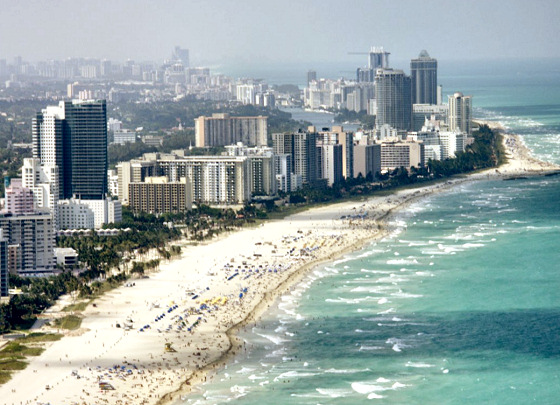The Miami Beach surf ban was lifted on January 11, 2012. After a strong and united complaint, the Floridian surfing community may again hit the waves of the city's beachfront.
Surfers, kitesurfers, windsurfers, bodyboarders, and other paddleboarders had been limited to the southern tip of the beach, a measure that was very unpopular and unfair.
"We’re conscious of the fact this was not handled appropriately, and that surfing has always been allowed in Miami Beach," Commissioner Michael Góngora said.
A very large number of protesters had invaded the City Hall carrying messages against the system and against the rule that strongly restricted wave riders in the main peaks of Miami Beach.
Jetty Beach and First Street Tower were the only spots allowed for riding waves.
There were $500 fines and 30 days in jail for those willing to disrespect the law, but City official say no fines were issued or made arrests.
Putting kitesurfers, windsurfers and surfers in a very limited area was putting in danger all water sports enthusiasts, as accidents were likely to happen.
Despite the end of the surf ban, Miami Beach authorities still plan to regulate water sports along its shores. The question is: how will they do it?
